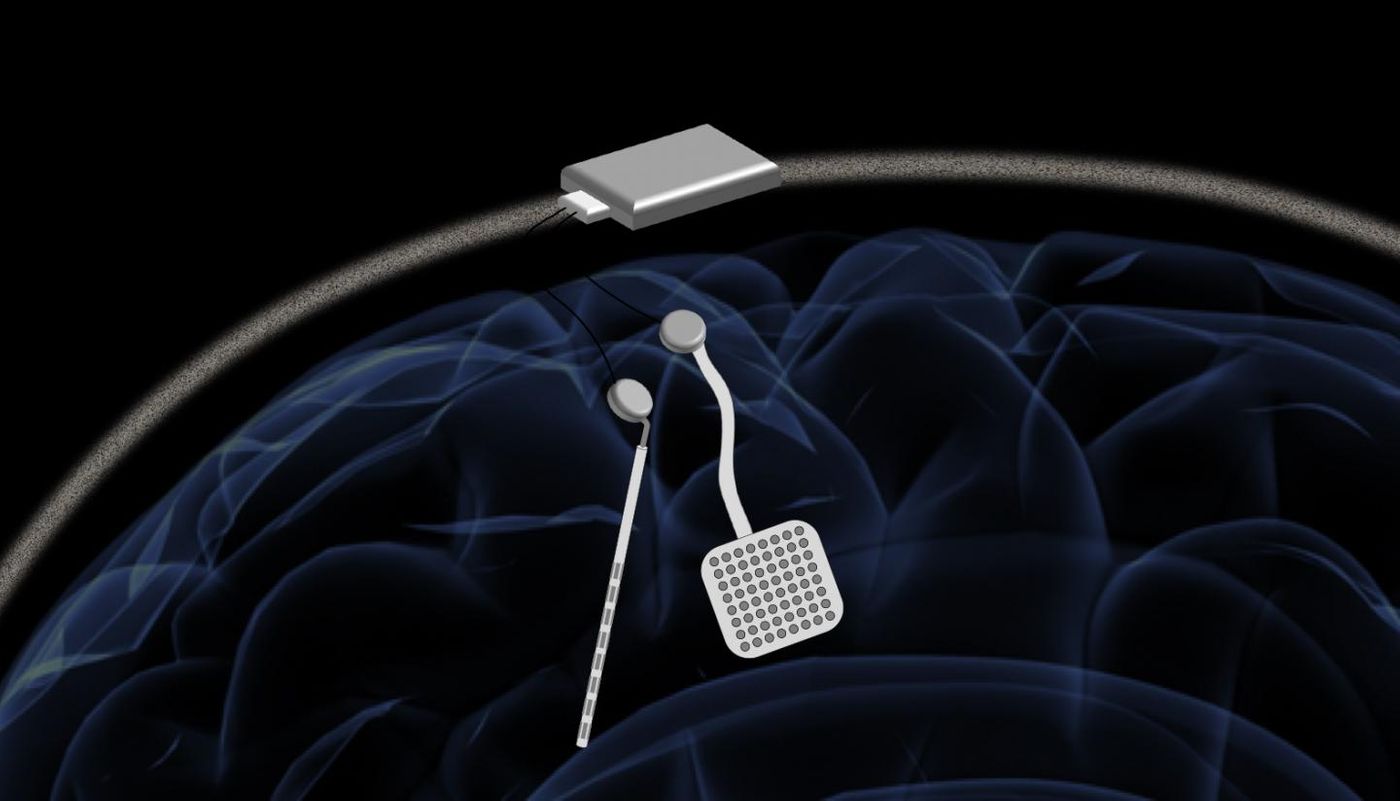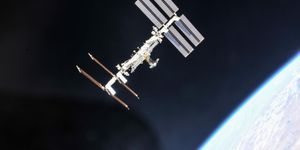Wireless 128 channel closed loop brain stimulation device
Wireless neural stimulation and recording from the brain with high channel count is one of the most coveted medical devices for multiple neuromodulation therapeutic approaches. While independently, both stimulation and recording devices that are fully implantable with high channel count have been implemented, a closed-loop controlled stimulation approach remains a challenge. Engineers at the University of California, Berkeley, have addressed this challenge by developing a device named “WAND,” that simultaneously monitors the local field potentials and delivers the needed electrical stimulation to modulate the neural activity.
Such device will particularly benefit Parkinsons’ and epilepsy treatment essentially for mitigating the tremors and seizures. Current technology, although useful, needs a lot of adjustments to find the right patient specific electrical stimulation parameters which in turn, requires multiple doctor visits for optimal therapy.
One potential strategy to overcome such issues would require the inclusion of a closed-loop feedback mechanism to modulate the electrical pulses based on the requirements. The closed-loop control signals can be derived from recording and analyzing the inherent brain activity.
One of the critical challenges to developing such instrumentation is that the stimulus currents delivered saturate the recording amplifiers prompting either a data recording cease post stimulation or recording at alternative locations. It is very crucial to be able to record the neural activity without interruptions to provide ideal feedback control.
“In order to deliver closed-loop stimulation-based therapies, which is a big goal for people treating Parkinson’s and epilepsy and a variety of neurological disorders, it is very important to both perform neural recordings and stimulation simultaneously, which currently no single commercial device does,” said former UC Berkeley postdoctoral associate Samantha Santacruz, who is now an assistant professor at the University of Texas in Austin.
WAND, wireless artifact-free neuromodulation device, offers the closed-loop feedback control by allowing for simultaneous recording and stimulation. The real-time control provides patient-specific optimal electrical pulses every time!
"The process of finding the right therapy for a patient is extremely costly and can take years. Significant reduction in both cost and duration can potentially lead to greatly improved outcomes and accessibility," said Rikky Muller assistant professor of electrical engineering and computer sciences at Berkeley. "We want to enable the device to figure out what is the best way to stimulate for a given patient to give the best outcomes. And you can only do that by listening and recording the neural signatures."
The device has an impressive 128 channels for recording neural activity compared to previously reported 8-channel systems for similar applications. Additionally, there is on board neural signal analysis electronics and stimulation controlling software algorithms with a user-friendly bidirectional communication interface. The device design, development, and validation of the device invivo performance in nonhuman primates have been reported in Nature Biomedical Engineering.
Image: In a proposed device, two of the new chips would be embedded in a chassis located outside the head. Each chip could monitor electrical activity from 64 electrodes located into the brain while simultaneously delivering electrical stimulation to prevent unwanted seizures or tremors. Credit: Rikky Muller, UC Berkeley
Researchers at Cortera Neurotechnologies, Inc., led by Rikky Muller, designed the WAND custom integrated circuits that can record the full signal from both the subtle brain waves and the strong electrical pulses. This chip design allows the WAND to subtract the signal from the electrical pulses, resulting in a clean signal from the brain waves.
“Because we can stimulate and record in the same brain region, we know exactly what is happening when we are providing a therapy,” Muller said.
The interdisciplinary collaborative team across electrical engineering and computer science majors have built the platform.
In experiments led by Santacruz while a postdoc at UC Berkeley, and by an electrical engineering and computer science professor Jose Carmena, nonhuman primate subjects were first trained to use a joystick to move a cursor to a specific location. After a training period, the WAND device was capable of detecting the neural signatures that arose as the subjects prepared to perform the motion, and then deliver electrical stimulation that delayed the action.
“While delaying reaction time is something that has been demonstrated before, this is, to our knowledge, the first time that it has been demonstrated in a closed-loop system based on a neurological recording only,” Muller said.
“In the future, we aim to incorporate learning into our closed-loop platform to build intelligent devices that can figure out how to best treat you, and remove the doctor from having to intervene in this process constantly,” said Muller said.
To know more about the need for closed loop and directional deep brain stimulation strategies, watch the video below.
Sources: Berkeley News, Nature Biomedical Engineering









